The planet we live on looks vastly different than it once did. Humans have used the natural resources of Earth for centuries, but now, people are finally realizing that if we don’t change our ways, those resources will be gone forever.
Thankfully, one company recently announced that it plans to revitalize over 100 million hectares of land all over the world to ensure the planet survives and even thrives for generations to come.
What Is Cultivo?
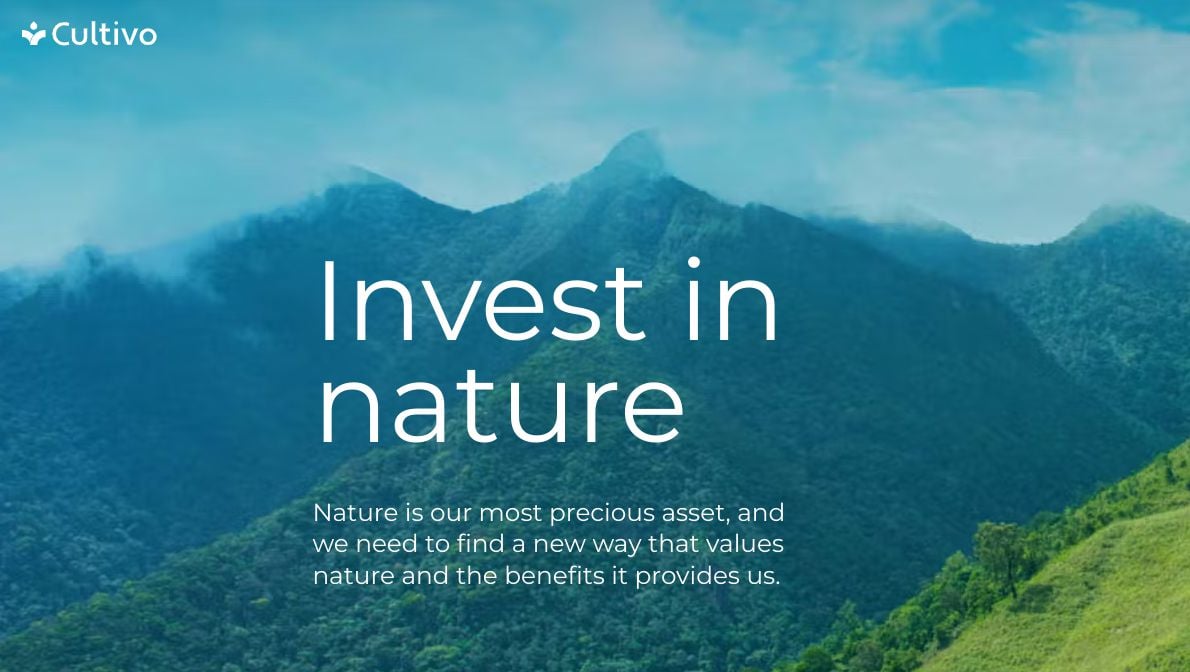
Cultivo is a public benefit corporation that focuses on ensuring the world’s land can produce the domestic products human beings need to survive.
The company invests millions of dollars into regenerating nature, including improving soil quality, reforesting, and protecting clean water sources. And Cultivo recently announced that it’s taking on its biggest project yet.
Revitalizing 100 Million Hectares of Land

The state of California spans just over 42 million hectares of land, and Cultivo’s newest project will cover more than double the state’s land with 100 million total hectares.
It’s important to understand that these 100 hectares are separated into dozens of locations all around the world. Though, Cultivo reported that 31 of those areas are within the United States.
A Two-Prong Project
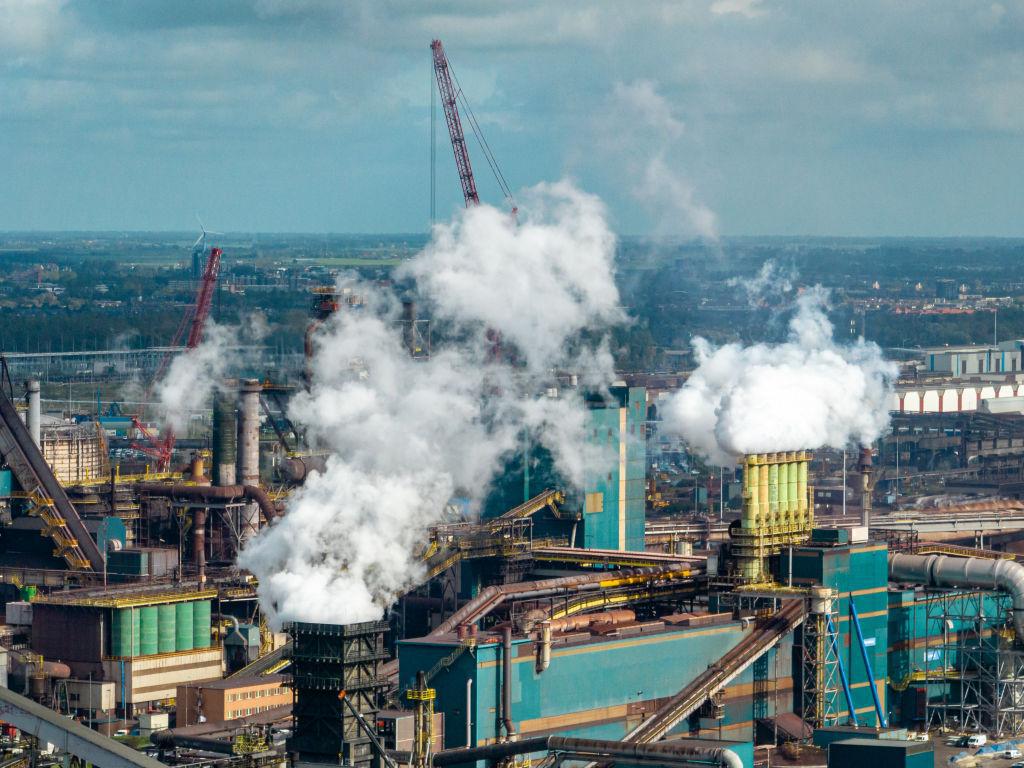
Cultivo’s project has two components: Minimizing greenhouse emissions and rewilding land, both of which are equally important.
First and foremost, the world finally understands just how important it is that the world significantly cuts down its fossil fuel and greenhouse emissions. And Cultivo has reported that its project will decrease the planet’s carbon dioxide by three gigatons, which is more than half of the US’ annual emission.
Rewilding to Naturally Remove Carbon

The second aspect of the project will be rewilding the land by adding the necessary plants to naturally remove excess carbon from the earth’s atmosphere.
And what Cultivo wants people to understand is that revitalizing the land isn’t just good for the planet, it’s also a financial investment. If the land functions as it should, landowners will make more money.
Farmers Are Struggling to Keep Their Land Profitable
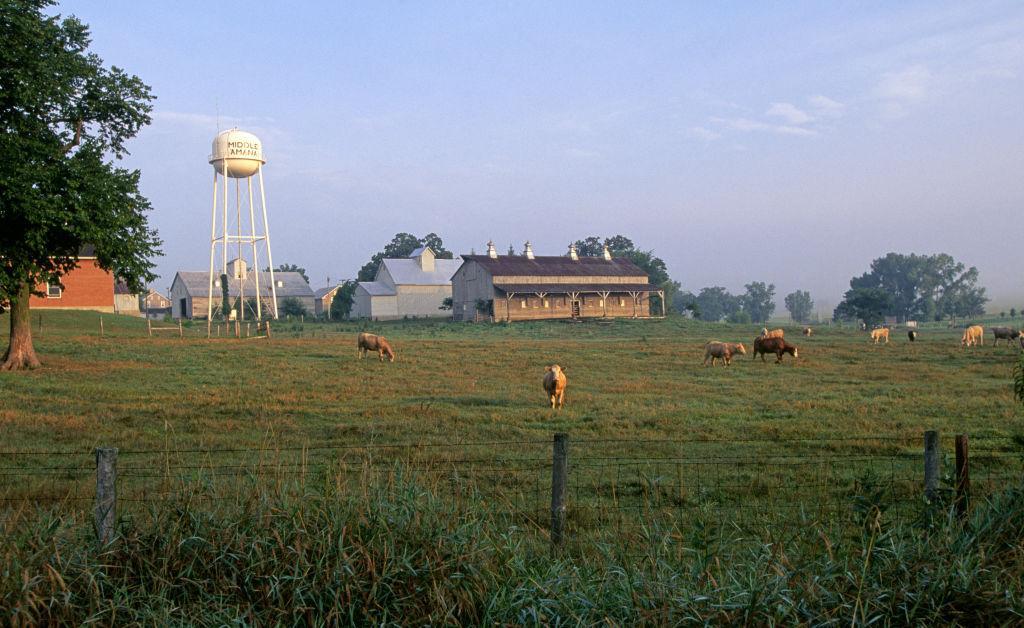
Because of commercial agriculture, land within the United States and around the world that was once ideal for farming is essentially useless.
Manuel Piñuela, CEO and co-founder of Cultivo explained, “Landowners of all types—from corporate landowners to preservation groups, to private landowners—they already know that their land is degraded, but they want to understand: how can their land bounce back?”
Reforesting Can Repair Much of the Degradation
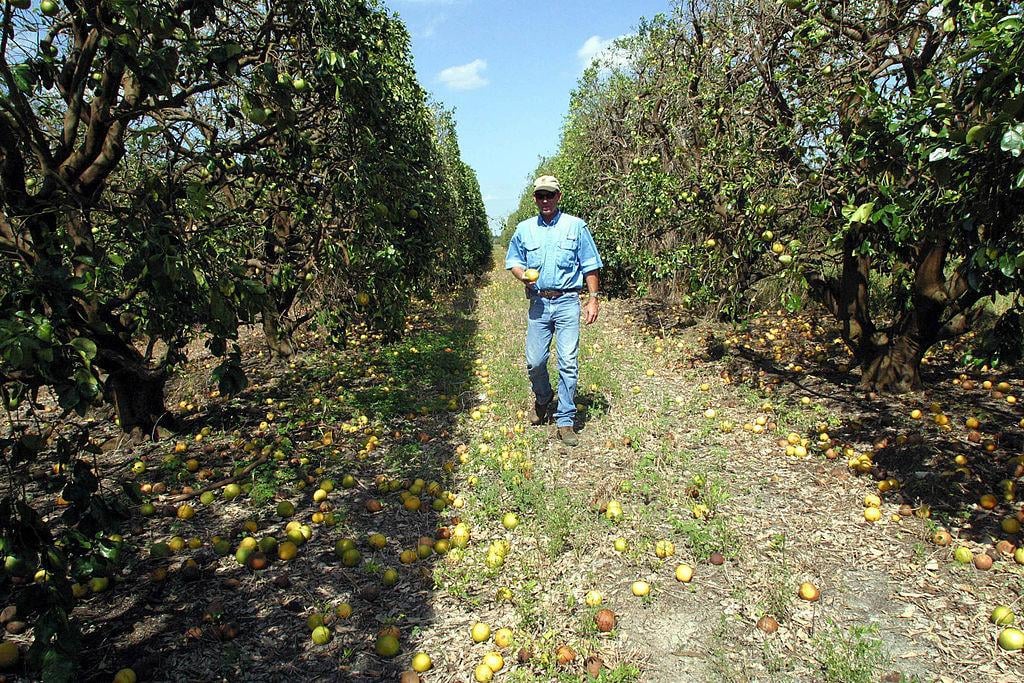
On of Cultivo’s first phases of the project is taking place in the citrus farms of Florida. Much of the land had become diseased and unusable, so Culitvo invested in reforesting around the farms.
By improving the natural world around the farms, they were able to rid the land of disease, improve the soil, and consequently ensured the businesses stayed profitable.
Soil Is an Ever-Growing Problem
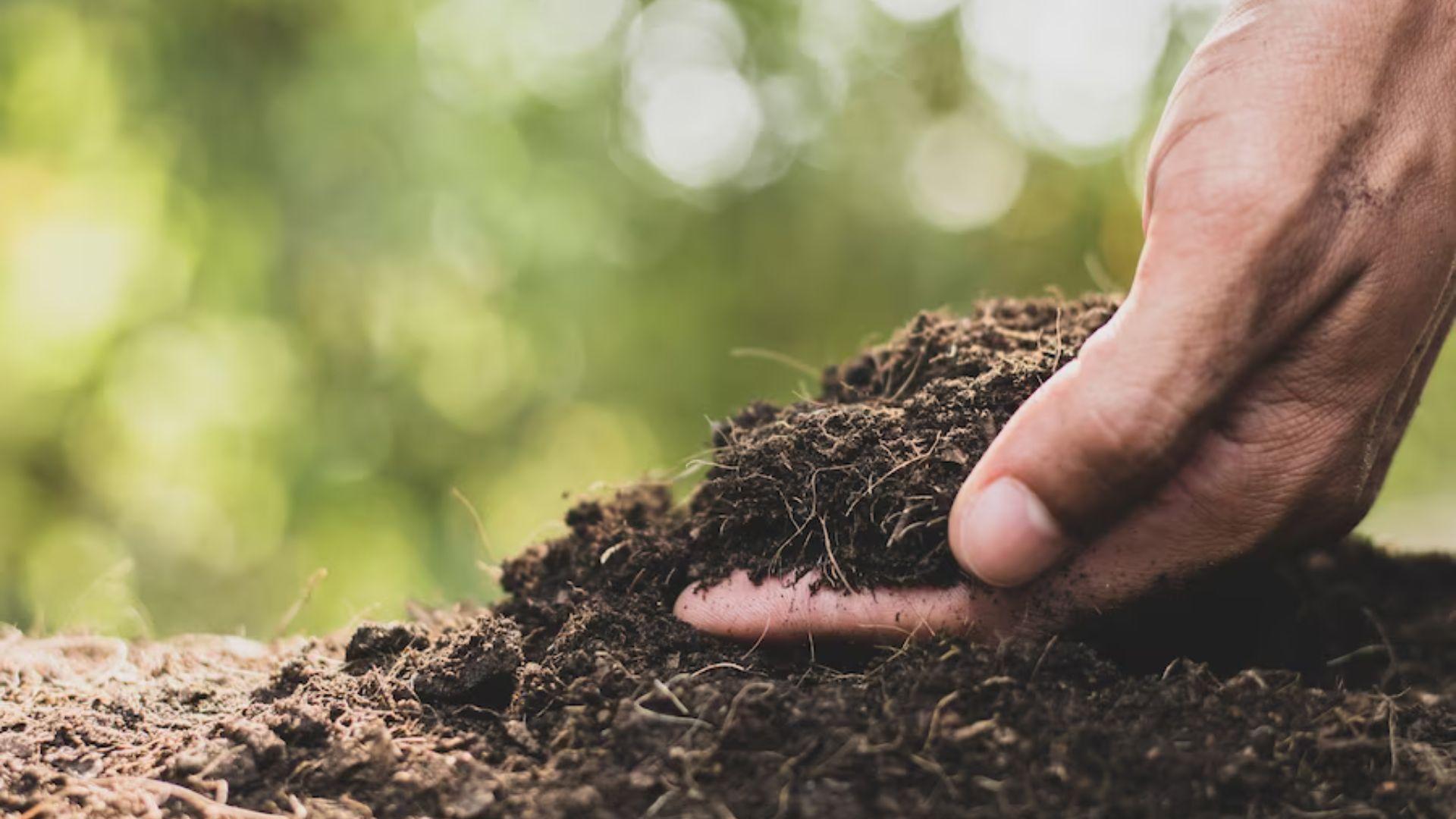
The Cultivo project is also focusing on the ever-growing soil problem farms around the world are facing. A recent study showed that 57.6 billion metric tons of topsoil were lost within the last century and a half due to unsustainable farming practices.
And thanks to those same practices, the existing soil is lacking the nutrients that produce needs to grow. Therefore, Cultivo is spending millions on improving the soil all over the world to ensure farmers can keep farming and the world can be fed.
Climate Change Is Undoubtedly Affecting the Land

Cultivo also explains that while improving soil conditions, protecting clean water sources, and rewilding land will directly improve farmland, fighting climate change will also make a world of difference.
As experts have seen, climate change is directly affecting the planet’s weather, including doubt, heat waves, and natural disasters. So, by cutting down on carbon emissions and protecting the atmosphere as a whole, the land will naturally recover over time.
Cultivo’s Investment Will Improve the Quality of Life for Generations to Come
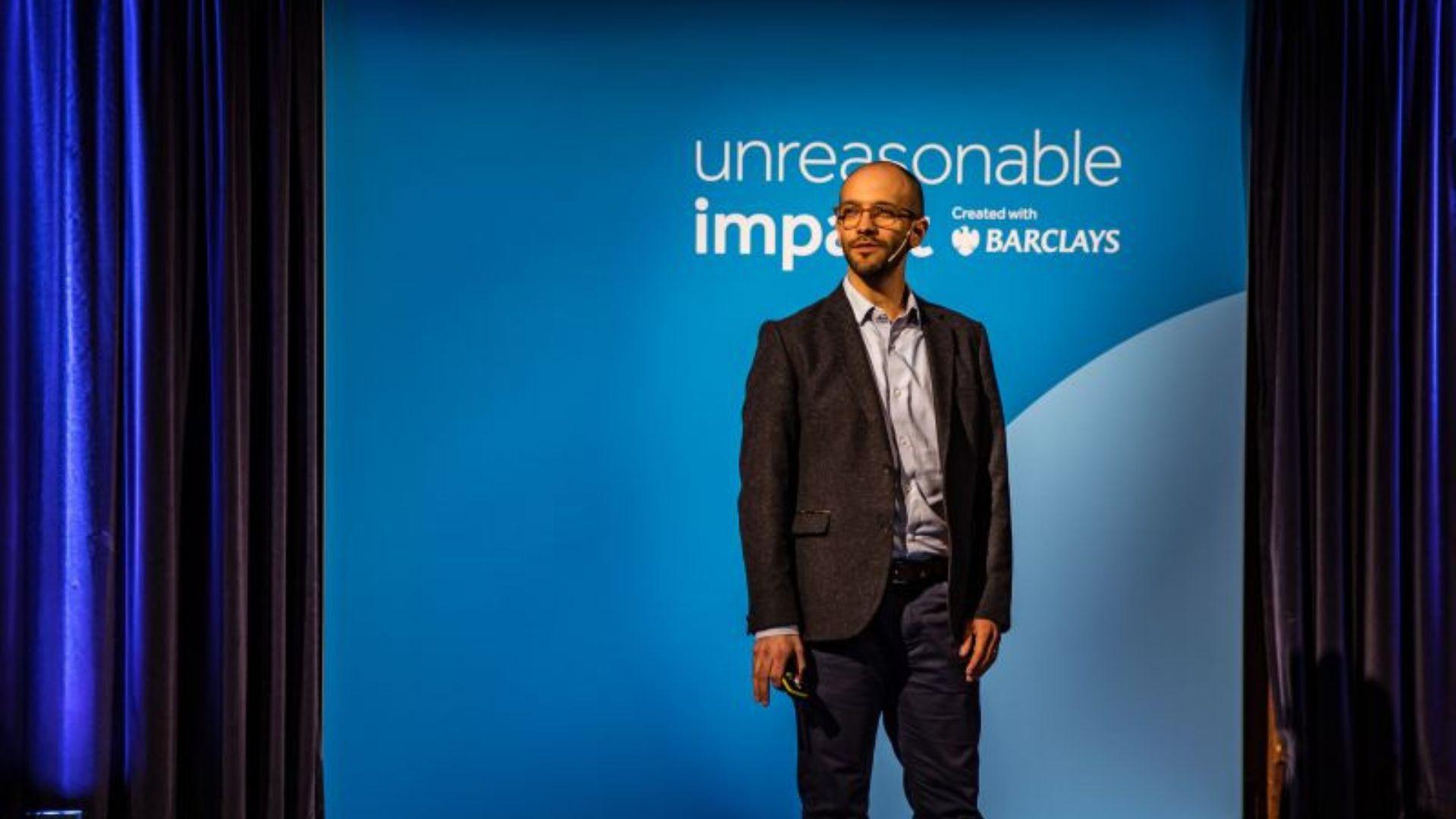
Essentially, the Cultivo project won’t just protect the planet from climate change, though that’s a large part of it. It will also make sure that generations to come have enough to eat, and that farmers will continue to profit from the land they own.
And the company believes that its millions upon millions of dollars in investments will be returned as the world recovers from the past 100 years of fossil fuel pollution and overfarming.
Investing in the Planet Is a Solid Investment

Manuel Piñuela explained, “Not only do we see the growth in the market because there’s a growing need [for] high-quality, nature-based credits, but there’s also right upstream at the investment level the alignment between really trying to change the course of that triple crisis that we’re going through: both climate change, but [also] biodiversity loss and water stress…as well as that return that’s attractive.”
Piñuela believes that as the governments and companies of the world realize that they need help saving their land and reducing carbon emissions, companies like Cultivo will make a fortune.
The Business of Saving the World
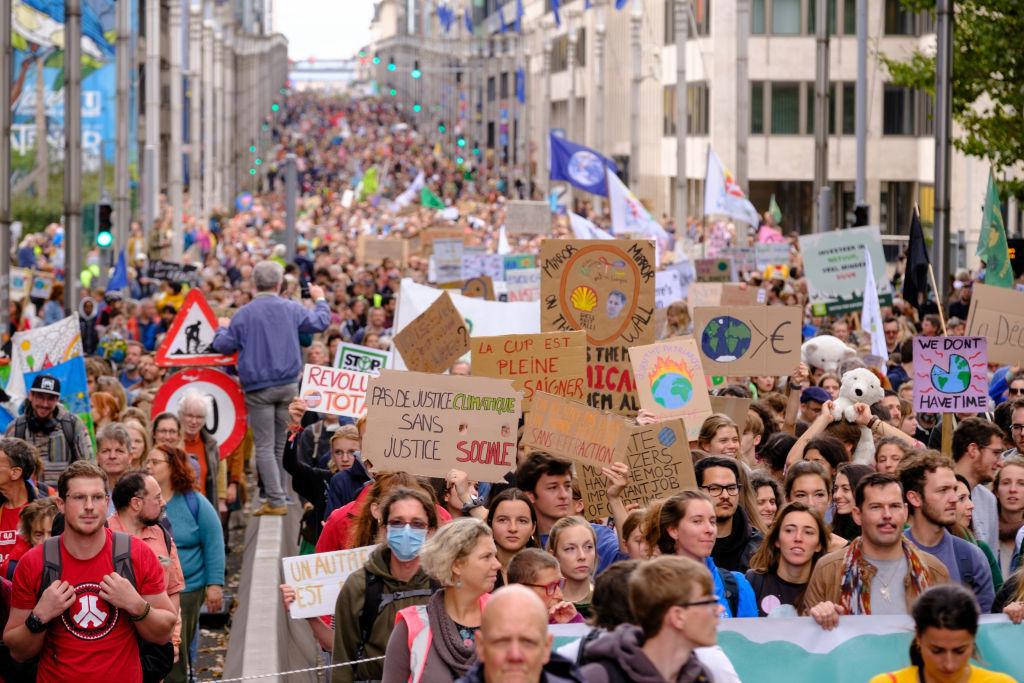
In the capitalist world we live in, it’s no surprise that companies like Cultivo have found a way to make a business out of saving the world.
But the majority of people agree that it really does need saving, so hopefully, Cultivo’s 100 million hectare project will not only help feed the world right now, but also ensure the land and the planet as a whole continue to function for millennium to come.
What Is Nature Tech?

Nature tech refers to technologies that play a pivotal role in scaling up the implementation of nature-based solutions (NBS).
These technologies encompass various functions, including deployment of NBS, monitoring, reporting, and verification (MRV) of NBS, transparency enhancement for NBS, and connecting people and projects in NBS.
Deployment, Monitoring, Reporting, and Verification of Nature-Based Solutions

The deployment of NBS utilizes technologies like drone technology for reforestation to efficiently implement nature-based solutions.
The monitoring, reporting, and verification (MRV) of NBS employs satellite monitoring for accurate tracking and assessment of nature-based solutions.
Transparency Enhancement and Connecting People and Projects for Nature-Based Solutions

Transparency enhancement for NBS includes integrating blockchain for carbon transactions to enhance the straightforwardness of nature-based projects.
Connecting people and projects in NBS involves leveraging mobile apps and platforms to establish connections between local communities and markets that offer better remuneration for their products related to nature-based solutions.
What is the Size of the Nature Tech Market?

A recent market analysis indicates that the current size of the nature tech market stands at approximately $2 billion, with a projected growth to $6 billion within the next decade.
Several key trends are anticipated to drive market growth over the next five to ten years, including improved valuation and reporting, policy and capacity buildings, consolidation and integration, and innovations from the Global South.
Improved Valuation and Reporting and Policy and Capacity Building

Nature tech’s capacity to value and report on nature is expected to significantly enhance, providing tangible benefits for those engaged in protecting, restoring, and managing natural systems.
The primary driver for market growth won’t be technology itself but the effective formulation of policies and the development of human capacity and community engagement.
Consolidation and Integration and Innovations from the Global South

As nature tech solutions mature and expand, the market is likely to undergo substantial consolidation and vertical integration, possibly incorporating a “mass customization” approach.
Some of the most significant innovations in nature tech are anticipated to originate from the Global South, emphasizing diverse perspectives and approaches.

As more companies and investors recognize the critical role of prioritizing biodiversity and nature in their climate strategies, nature tech is poised to play a pivotal role.
The sector is expected to garner both respect and capital commensurate with its contributions.
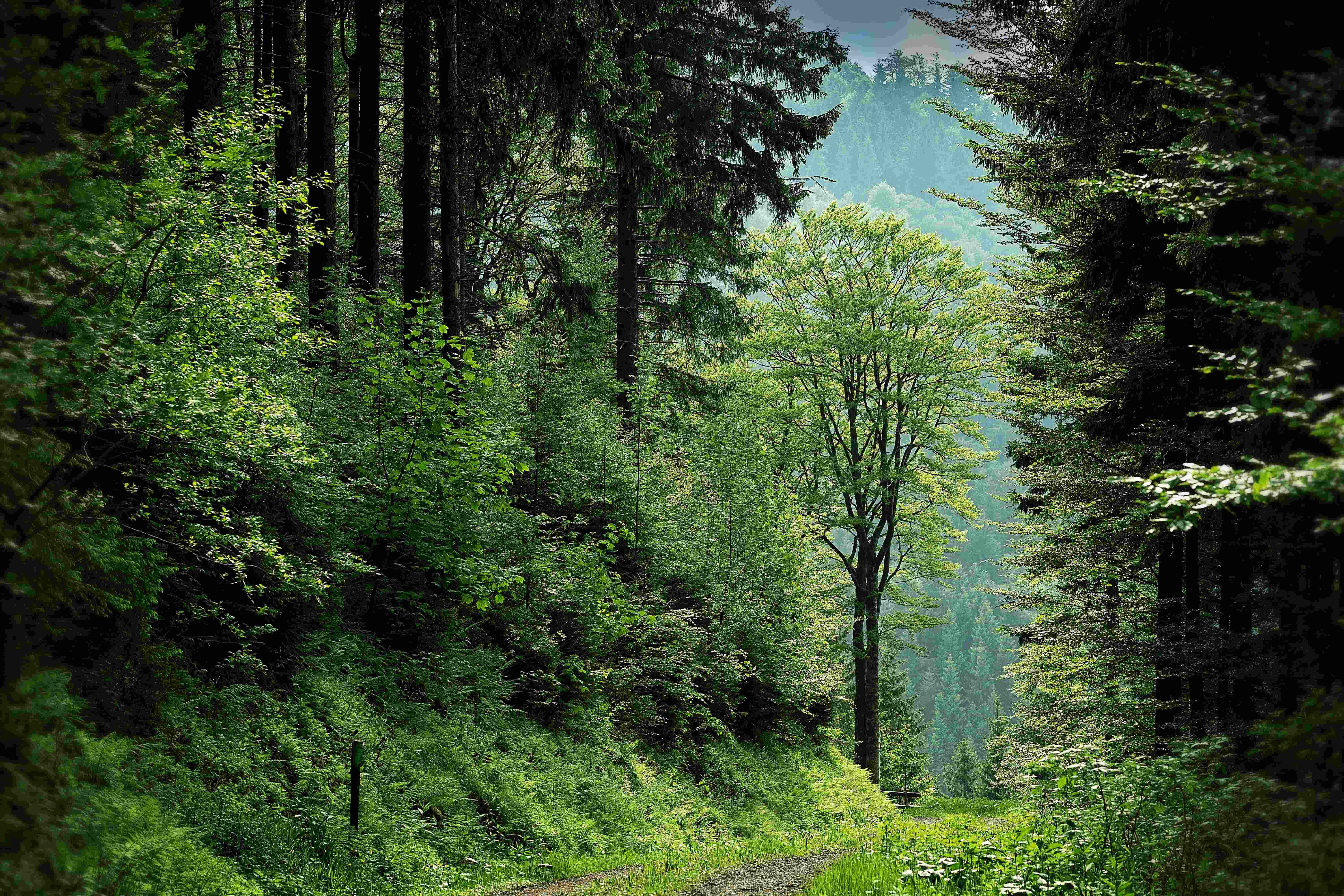
Given the urgency of the crises at hand, the innovation, speed, and scalability offered by technology, as exemplified by nature tech, are imperative in steering us toward a trajectory of a stable and nature-abundant planet.
Cultivo’s Triple Returns Approach
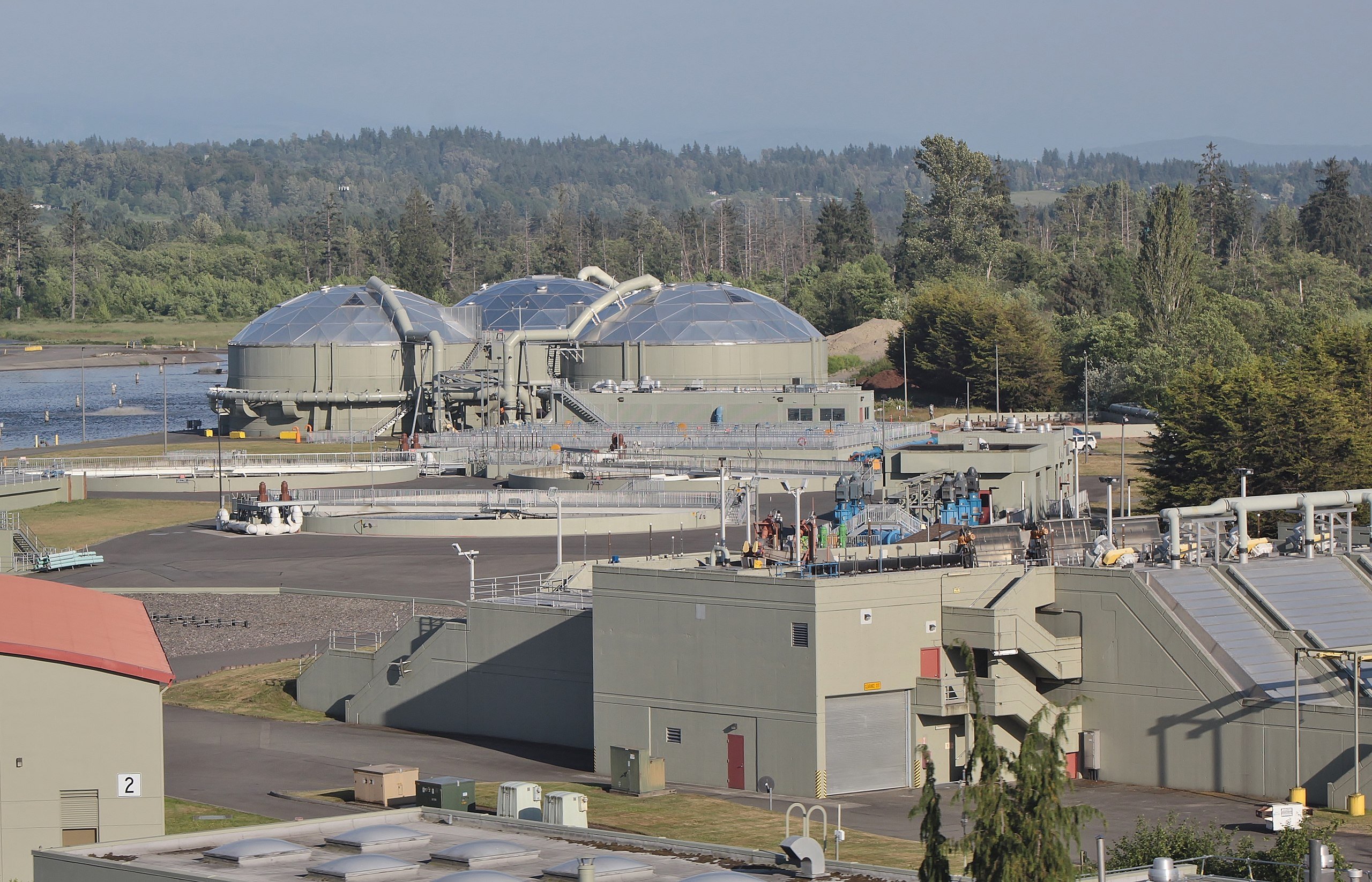
The Triple Returns Approach adopted by Cultivo encompasses financial returns, natural returns, and social returns. Financially, the company builds portfolios of high-quality natural capital, generating revenue from activities such as carbon offsets and ecosystem services.
Simultaneously, Cultivo’s initiatives contribute to the protection of species, the maintenance of healthy soil, and the preservation of clean water. Moreover, the company’s work leads to job creation and the protection of livelihoods, addressing social dimensions.
How Cultivo Creates Nature-Based Portfolios for Investors

The operational mechanism involves utilizing satellite technology and proprietary algorithms for identifying optimal nature-based portfolios for investment.
Collaborating with NGOs and landowners, Cultivo packages these portfolios for investment readiness. The investment is then structured to match the natural capital stack, facilitating funds for sustainable activities focused on the restoration and protection of nature.
Cultivo’s Diverse Portfolios and Unique Contributions

Cultivo’s diverse portfolios span various ecosystems, including forests, wetlands, grasslands, and regenerative agriculture. The company employs intelligence-driven algorithms to identify high-quality projects, validating them through on-the-ground experts.
One of Cultivo’s unique contributions is in acknowledging the soil moisture potential, emphasizing the economic value of preserving nature over its destruction.

As the world grapples with the challenges of climate change and biodiversity loss, the emergence of nature tech, facilitated by companies like Cultivo, signifies a growing focus on innovative solutions for a sustainable future. The intersection of finance, technology, and nature conservation holds promise for addressing the complex environmental and social challenges faced by industries worldwide.
